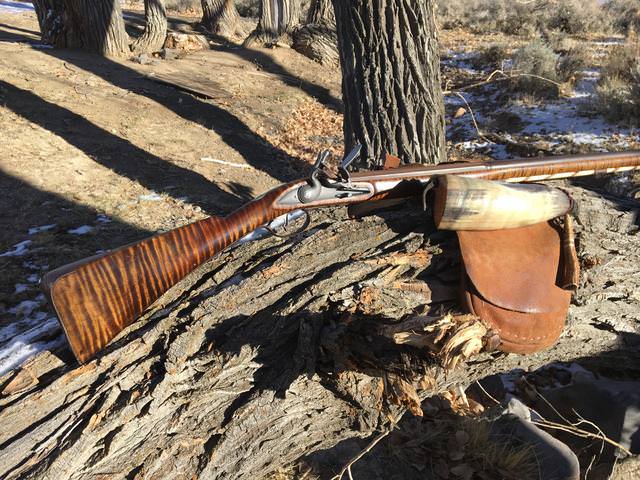Hi JRM,
It goes without saying, the only important thing is to build what you want. To expand your horizons a little bit, keep in mind Christian's Spring and transitional long rifles are not the same thing. The gun shop at CS was a very small affair and was established in 1762. It closed in 1787. It has over sized influence on our perceptions because the Moravians kept better records of it than almost any other gun making operation at the time. We just know more about it than other likely much more influential gun makers. Indeed, in the 1760s the CS shop likely was better known among native Americans than colonists because of all the work it did for them. The earliest dated long rifle of which we know is the John Schreit rifle made in Reading, PA. It is a fully evolved long rifle that once had a slight stepped wrist before someone filed it off, dated 1761, a year before CS was established (currently, its front sight is on backwards). Another early rifle is the "Faber" gun, again a fully evolved long rifle. The notion linking CS and "transitional" long rifles mainly stems from the attribution by some knowledgeable long rifle scholars of Andreas Albrecht as the maker of the famous "Edward Marshall" rifle, which is a shorter barreled, robustly stocked (maple) gun, with a stepped wrist like those made in the Germanic countries. Albrecht was the first master of the CS shop. There is no documentation that Albrecht made that rifle although it has some traits that suggest his involvement and there is no evidence suggesting it was made at CS. However, companies like Track of the Wolf, Pecatonica, etc all jumped on the bandwagon to market stocks and components for "transitional" or "Christian's Spring" rifles using the Marshall rifle as the model. A much better model for CS guns would be those by Christian Oerter who took over the shop from Albrecht for which there are more surviving examples than Albrecht. They are quite different from the Marshall rifle. When Albrecht moved to Littitz, PA and set up shop as a gun maker again, the few rifles that survive made by him in Littitz look very much like those by Dickert in Lancaster. So much for the wide-spread influence of CS. With respect to transitional rifles made in America, all we can really say is that they probably were more German-like, more robust in the butt (but not the forestock), had somewhat shorter barrels, stocked in local wood primarily maple, and mounted in brass unless iron mounts were imported from Europe.
dave








